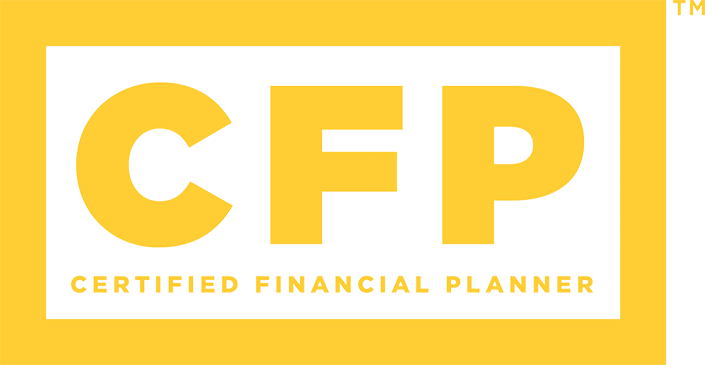As the close of 2022 draws near, now is a great time to review financial strategies that may be beneficial to your wealth plan. Today we present a guest article looking more closely at end of year planning by Nathan Wilding, Tax Accountant at Fox Peterson Entrepreneurial Accountants in Mesa, Arizona. At Sonmore Financial, we work closely with our clients’ CPAs and Accounting professionals to help maximize tax savings and help protect retirement income.
Review the following list of potential end of year strategies you may want to consider.
Income Tax
- To avoid the net investment income surtax of 3.8%, you may want to defer net investment income or reduce your modified AGI to under the surtax thresholds of $200,000 for single filers and $250,000 for married filing joint filers.
- If you have plans to sell any assets (that are not publicly traded securities) on an installment basis, you may want to double check that you will not be deferring any of the gain to higher tax brackets in the future, should your taxable income increase in future years.
- Determine whether or not you should accelerate or defer itemized deductions. There was a major increase in the standard deduction a few years ago. So, by accelerating or deferring itemized deductions, you can potentially exceed that standard deduction and take the itemized deduction in a year more tax beneficial to you.
- Determine if you need to make any changes to your estimated payments or income tax withholdings.
Gifting
- You can take advantage of the annual gift tax exclusion in order to transfer wealth to future generations. For 2022, the tax-free gifting limit is $16,000 per recipient.
Charitable Contributions
- The tax deduction for cash donations to public charities has decreased from 100% of adjusted gross income in 2021 to 60% of AGI in 2022. While it has been decreased, this is still a great way to be able to donate wealth and get a tax benefit.
- If you want a tax deduction in the current year, but want to delay the distribution of funds to the charity until a later year, you may want to consider donating to a donor-advised fund.
- Take advantage of being able to donate appreciated assets that have been held for more than one year (other than real estate) and getting a fair market value tax deduction without paying taxes on the appreciated gain.
- In order to exceed the standard deduction and be able to fully deduct charitable contributions, you may want to consider combining multiple years’ worth of gifting into a single tax year.
- For those over 70 ½ years old, you may want to consider making a qualified charitable distribution directly from your IRA to a public charity. This allows you to make your required minimum distributions nontaxable by donating those funds.
Retirement Plans
- Maximizing contributions into traditional 401(k)s and traditional IRAs is a great way to mitigate your tax burden in a given tax year as it decreases your taxable income. Though, depending on your situation, it might make more sense to make those contributions to a Roth 401(k) or Roth IRA. While with the Roth accounts, you don’t get a tax deduction, future distributions from that account will be tax free.
- You can also convert funds from your traditional retirement accounts into a Roth account by completing a Roth conversion. This will increase your 2022 taxable income with the benefit being the tax-free distributions in the future.
Estate Plans
- You may want to consider utilizing the lifetime federal exemption for gifts and generation skipping transfer tax which is currently set at $12.06 million per person. This lifetime exemption is projected to sunset in 2026 and decrease to around $6 million per person. So, it may make sense to use that up before the sunset date.
- Based on any changes made to your personal financial situation throughout the last year, you may want to review any wills, trusts, or estate planning documents.
Investments
- Review the balance of your portfolio to make sure it is still in line with your current goals.
- Harvest losses in your portfolio to offset any potential 2022 capital gains
Reach out to your tax, wealth, or legal advisors if you have any questions on how to best apply any of these strategies to your current situation.
*Fox Peterson LLC and Sonmore Financial, LLC are not affiliated.









